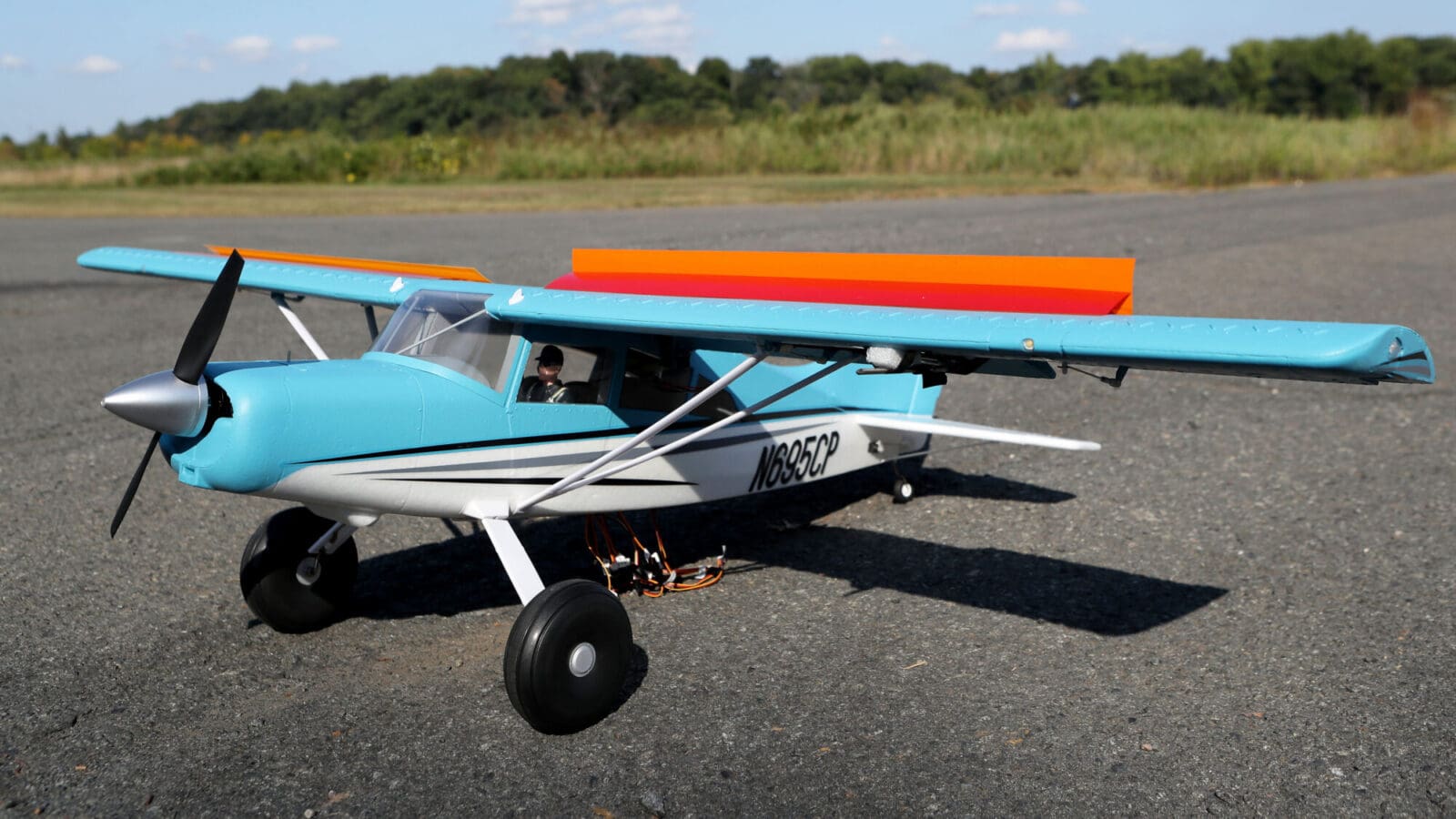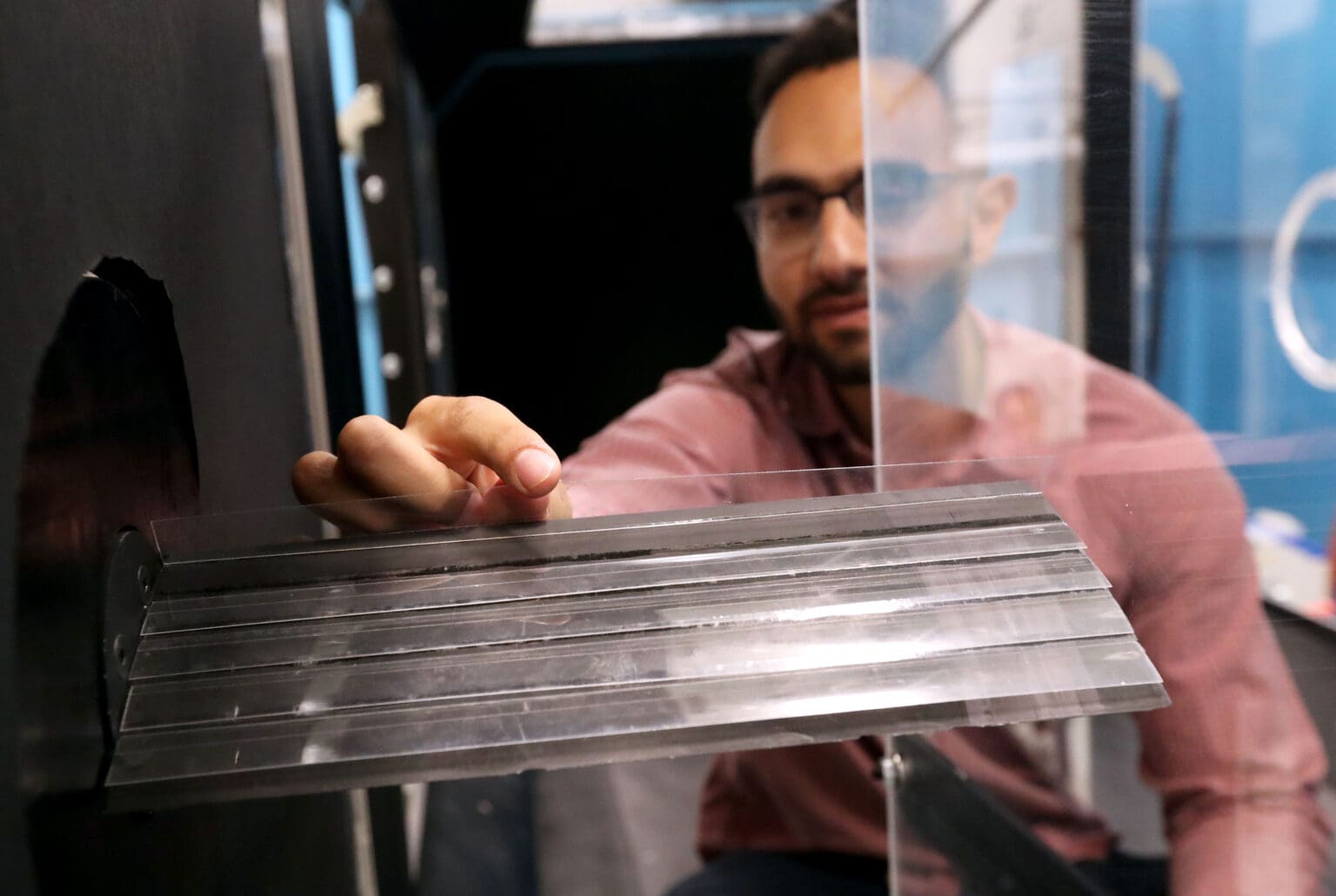Rather shamefully I'm posting this having only skimmed a press release; I have nil free time for the next month or so, but I expect it will be of interest to others. I could not find mention of it on the forum using the search function.
The full text can be viewed (rather clumsily, as a .pdf renders within a web-page, I apologise) here. I'd welcome a more easily rendered copy of the full paper if anyone has one.
Princeton's press release is here. Some of their published media:


I do hope this is of interest! Obviously at low speeds close to the ground I like my aerodynamics to be well-understood and not depend too much on automatic mechanical flapping... But they sure have kept it pretty simple at least, and I can see how, with further study, these boffins might create something reliable enough for me...
Abstract in full:
This study presents a novel spatially disrupted flow control system inspired by the covert feathers on bird wings. The system is a passive flow control system consisting of multiple feather-inspired flaps that dynamically interact with the surrounding flow to mitigate stall. Incorporating covert-inspired flaps on the suction side of the airfoil resulted in a substantial increase in lift (up to 50%) and a substantial reduction in drag (up to 30%) in post-stall conditions. Using wind tunnel experiments and time-resolved particle image velocimetry, the physical mechanisms responsible for post-stall lift improvements and drag reduction are identified as (1) shear layer interaction and (2) pressure dam effect. In the first mechanism, flap deployment reduces the geometric adverse pressure gradient that the flow encounters, reducing the degree of flow separation. In the second mechanism, the deployed flap acts as a barrier, preventing the relatively high pressure downstream from propagating upstream of the airfoil. The flow control mechanism employed was a function of the location of the flap. Flaps near the leading edge interacted mainly with the shear layer, while flaps near the trailing edge induced a pressure dam effect. Increasing the number of flaps along the chord increased the gain in lift and the reduction in drag. However, additive performance enhancements were sensitive to spatial distribution and flow control mechanisms. The shear layer interaction mechanism is found to be additive; that is, the deployment of additional flaps increases the lift gain, whereas the pressure dam effect is not.
The full text can be viewed (rather clumsily, as a .pdf renders within a web-page, I apologise) here. I'd welcome a more easily rendered copy of the full paper if anyone has one.
Princeton's press release is here. Some of their published media:


I do hope this is of interest! Obviously at low speeds close to the ground I like my aerodynamics to be well-understood and not depend too much on automatic mechanical flapping... But they sure have kept it pretty simple at least, and I can see how, with further study, these boffins might create something reliable enough for me...
Abstract in full:
This study presents a novel spatially disrupted flow control system inspired by the covert feathers on bird wings. The system is a passive flow control system consisting of multiple feather-inspired flaps that dynamically interact with the surrounding flow to mitigate stall. Incorporating covert-inspired flaps on the suction side of the airfoil resulted in a substantial increase in lift (up to 50%) and a substantial reduction in drag (up to 30%) in post-stall conditions. Using wind tunnel experiments and time-resolved particle image velocimetry, the physical mechanisms responsible for post-stall lift improvements and drag reduction are identified as (1) shear layer interaction and (2) pressure dam effect. In the first mechanism, flap deployment reduces the geometric adverse pressure gradient that the flow encounters, reducing the degree of flow separation. In the second mechanism, the deployed flap acts as a barrier, preventing the relatively high pressure downstream from propagating upstream of the airfoil. The flow control mechanism employed was a function of the location of the flap. Flaps near the leading edge interacted mainly with the shear layer, while flaps near the trailing edge induced a pressure dam effect. Increasing the number of flaps along the chord increased the gain in lift and the reduction in drag. However, additive performance enhancements were sensitive to spatial distribution and flow control mechanisms. The shear layer interaction mechanism is found to be additive; that is, the deployment of additional flaps increases the lift gain, whereas the pressure dam effect is not.
Last edited:




